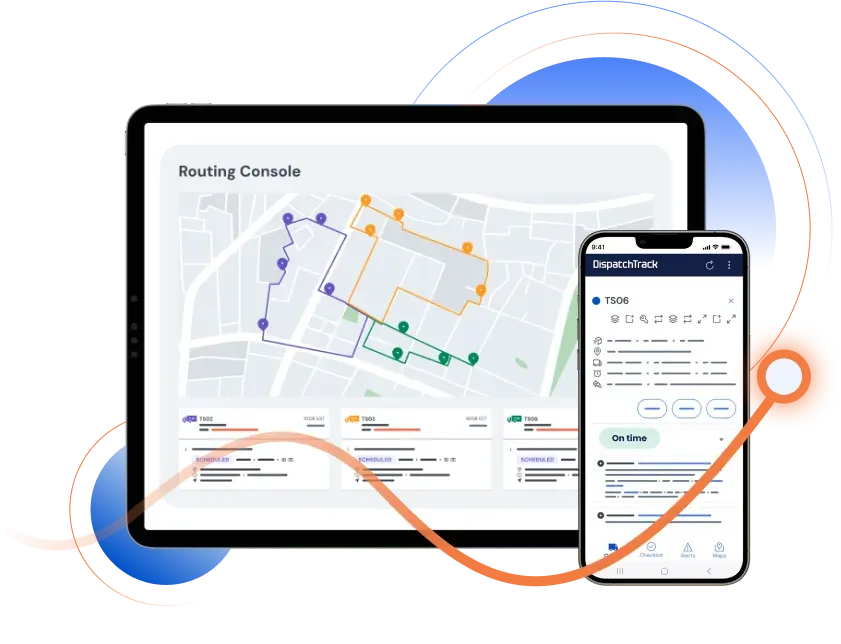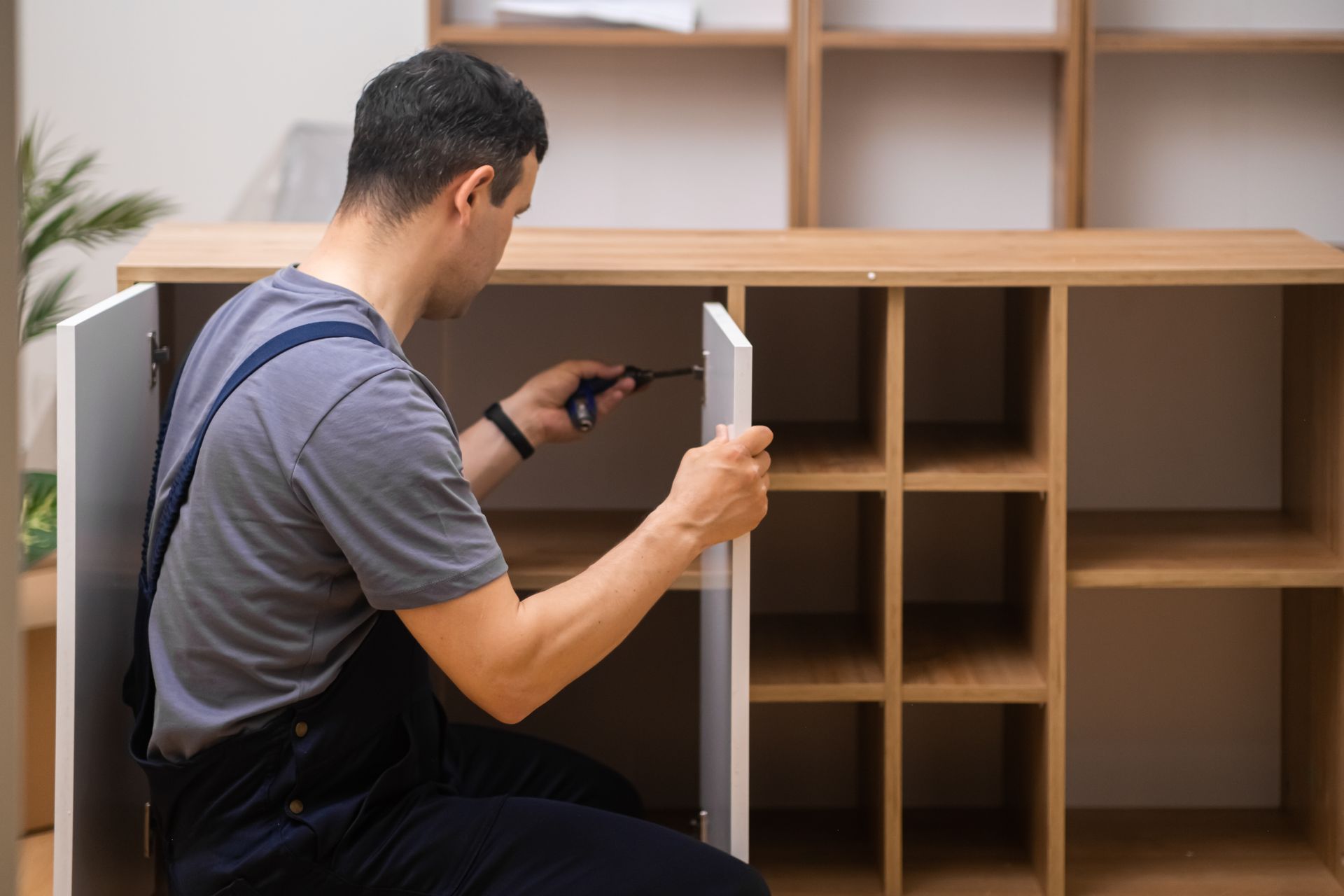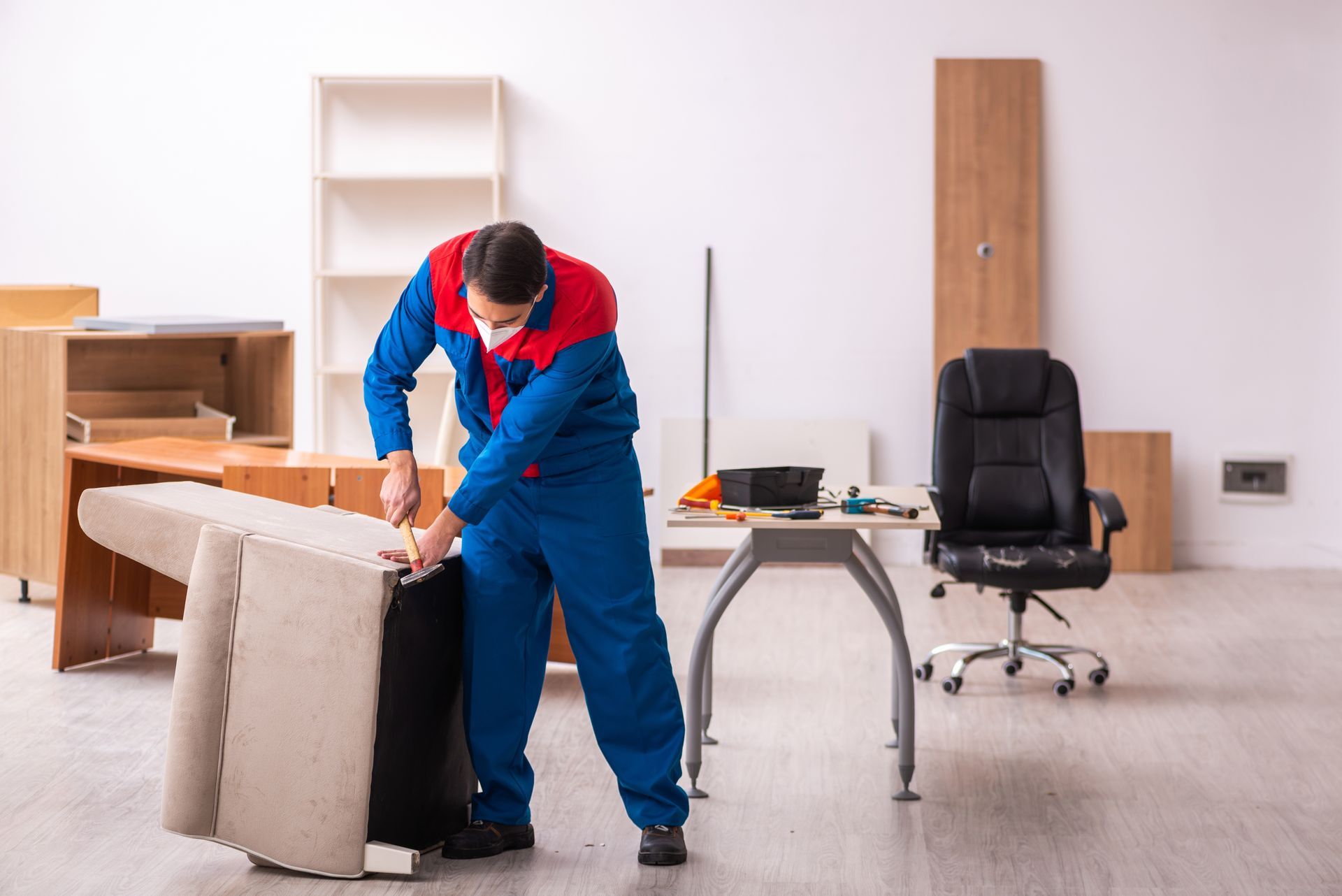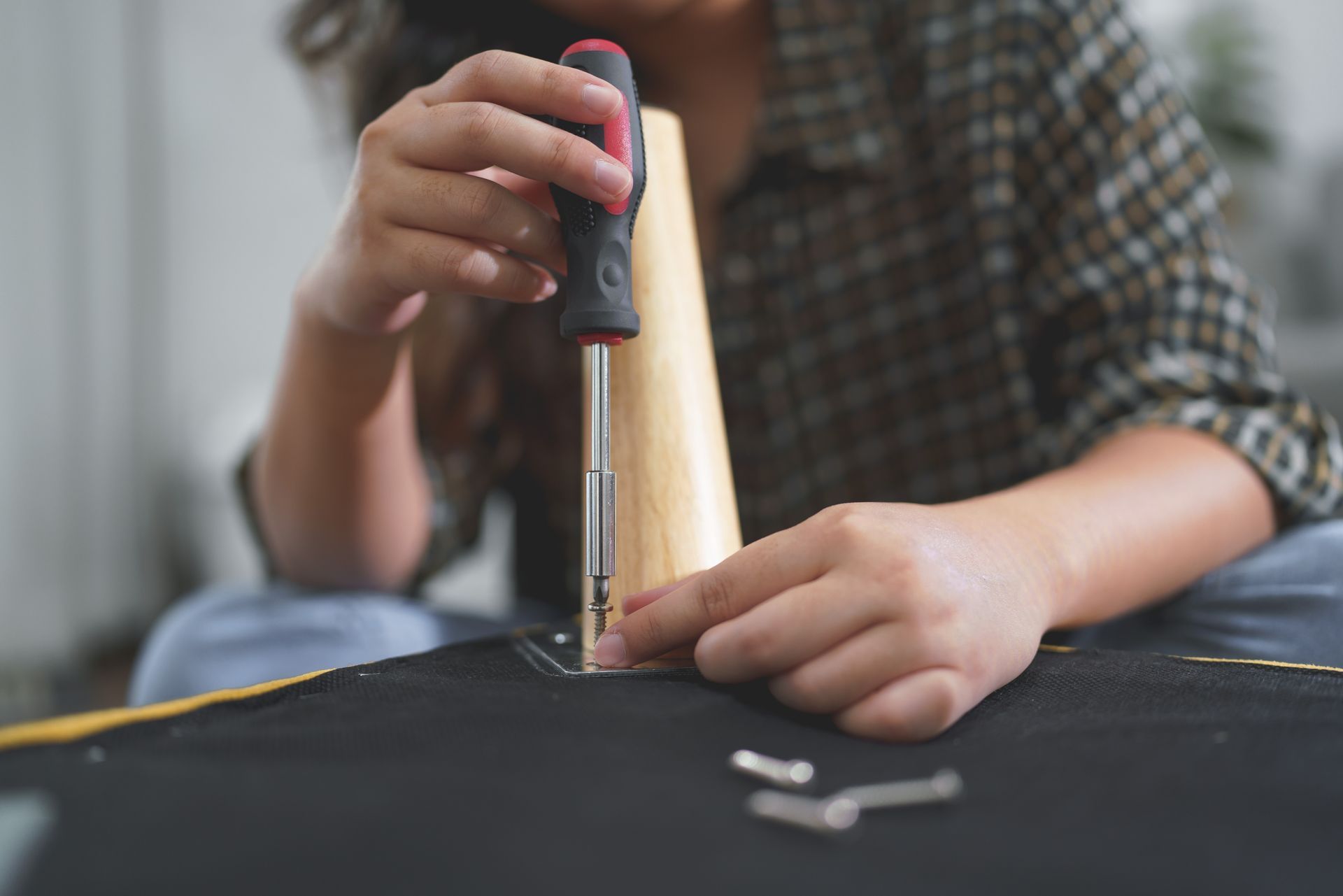The Real Cost of Handling Furniture Customer Service In-House
When you think about running a successful furniture retail business, your mind usually goes to product selection, merchandising, and marketing. You focus on attracting customers, closing sales, and delivering the pieces that transform a house into a home. What often does not get as much attention is what happens after the sale, when a customer has a question about their purchase, needs help with a warranty claim, or requires service on a product. That is where the true test of customer loyalty begins, and for many retailers the decision comes down to whether to manage customer service in-house or to partner with a specialist.
At first glance, keeping customer service in-house feels like the natural choice. You know your customers, you want to control the experience, and you may believe you can save money by managing everything yourself. The reality is that customer service in the furniture industry is much more complex than it appears. Between staffing costs, training requirements, turnover, technology demands, and the expertise needed to handle furniture-specific issues, in-house operations quickly become one of the most expensive parts of your business.
The cost of staffing alone is significant. Every call that comes in requires a trained representative who understands how to handle warranty coverage, repair scheduling, delivery problems, and product questions. For a small store, even one or two employees can cost tens of thousands of dollars annually when you consider salary, benefits, and overhead. For larger retailers, the expense of an entire department can cut into margins in a way that is hard to justify. This does not even take into account the turnover that comes with customer service roles, which means constant recruiting and training to keep your team at the level your customers expect.
Then there is the challenge of specialized knowledge. Furniture customer service is not the same as handling general retail returns or questions. When a customer calls about a recliner mechanism that is not working, or a sofa with upholstery damage, your team needs to know the difference between a repair covered under a manufacturer warranty and one that requires a service plan claim. They need to understand how to arrange in-home repairs and how to coordinate with technicians. If they do not, calls take longer, mistakes are made, and customers leave frustrated. That frustration can quickly damage your reputation and drive customers to competitors who appear more responsive.
Technology adds another layer of cost. Modern customer service is not just about answering phones. Customers expect status updates, text alerts, online tracking, and clear communication at every step. Building the systems to handle this internally requires expensive software, integration with your existing sales systems, and the IT resources to keep it all running smoothly. Smaller businesses often cannot justify these investments, and even larger retailers struggle to balance the need for advanced technology with the realities of tight margins.
All of these factors combine to create a picture that many retailers overlook. What starts as an attempt to control costs by managing customer service internally often becomes one of the most expensive and least efficient parts of the operation. Instead of focusing on selling furniture and building the business, owners and managers find themselves buried in service tickets, repair scheduling, and frustrated customers.
This is why so many top furniture retailers are making the move to outsource their customer service and warranty support to companies that specialize in the industry. Partnering with a team like ServeCo eliminates the burden of staffing, training, and managing a service department. It puts your customer interactions in the hands of experts who deal with furniture claims, warranty coverage, and in-home repairs every single day. They know the terminology, the processes, and the best ways to resolve issues quickly while keeping your customers satisfied.
The cost savings can be substantial. Instead of paying for full-time staff and the infrastructure required to support them, you only pay for the services you need. You gain scalability, meaning that whether you are handling a slow season or a holiday rush, your service levels remain consistent without the headache of adjusting staff. This flexibility alone saves money and helps you protect your reputation during high-volume times.
Beyond the numbers, outsourcing to ServeCo improves the quality of your customer service. Their team is trained specifically in the nuances of furniture repairs, warranty processing, and protection plan coverage. They work as an extension of your brand, so your customers feel like they are dealing with your company directly, not a generic call center. The difference in expertise shows in shorter call times, faster resolutions, and happier customers. When problems are solved quickly and with care, customers are far more likely to buy from you again and to recommend your business to others.
Another area where outsourcing pays dividends is in the handling of in-home repairs. Coordinating technicians, scheduling visits, and ensuring quality is a massive undertaking. ServeCo has built its own company-owned repair network to address this very challenge. Instead of depending on independent contractors who may or may not show up on time, ServeCo provides technicians trained to deliver consistent, professional service. This not only protects your customers’ satisfaction but also safeguards your brand reputation.
The added value of technology should not be overlooked either. ServeCo integrates with advanced platforms like DispatchTrack, giving your customers the ability to track service appointments in real time and receive proactive communication. These tools are difficult for a retailer to implement on their own, but when you work with ServeCo, they are part of the package. You get a modern, transparent, and efficient service system without the massive upfront investment.
When you step back and look at the full picture, the cost of in-house customer service is not just about payroll. It includes the time and energy taken away from running your core business, the expense of constant training and turnover, the challenge of building and maintaining technology, and the risk of delivering poor service that damages your brand. Compare that to outsourcing with ServeCo, where you gain industry expertise, flexible costs, advanced technology, and a team that protects your brand while improving your customer relationships.
In the furniture industry, your customers expect more than just a sale. They expect you to be there when something goes wrong, when they have a question, or when they need help making their purchase right. If you cannot deliver that level of support consistently, your competitors will. The choice is whether you want to shoulder that burden yourself, with all the hidden costs that come with it, or whether you want to partner with a company that was built to handle it for you.
ServeCo gives you the ability to keep your focus where it belongs, on growing your business, while ensuring your customers get the care and service they deserve. The real cost of handling customer service in-house is higher than most retailers realize. The better investment is choosing a partner who can deliver the expertise, technology, and support your customers expect. That partner is ServeCo.













